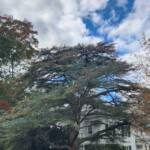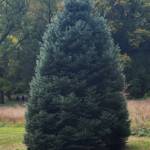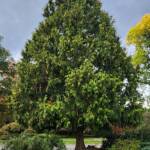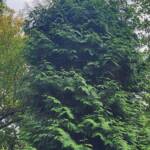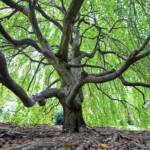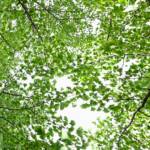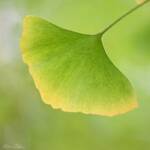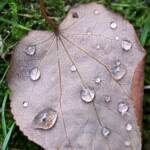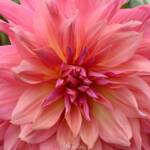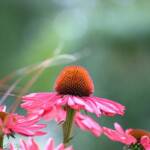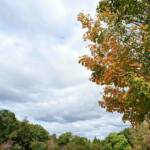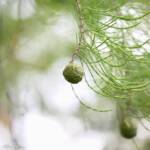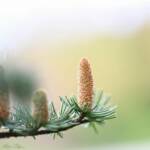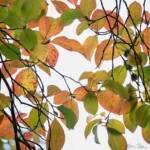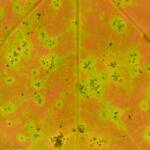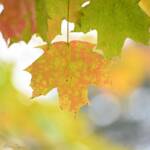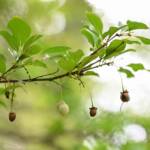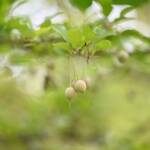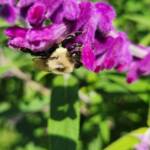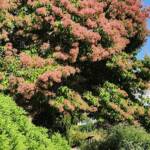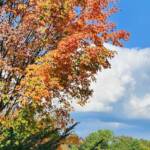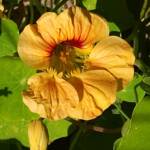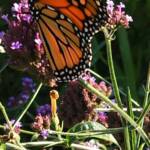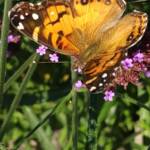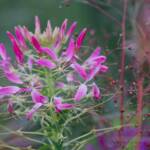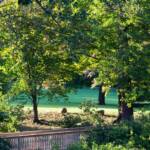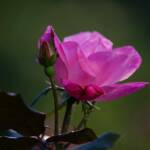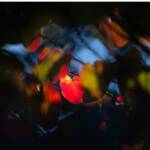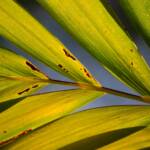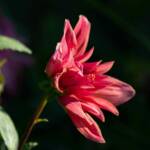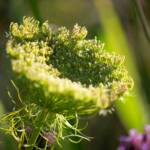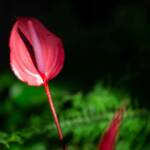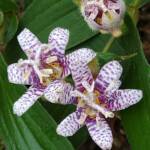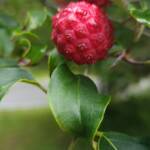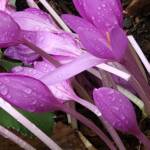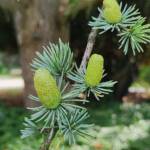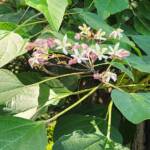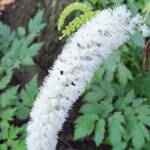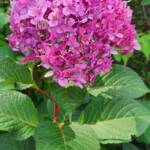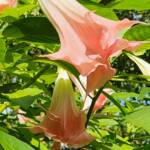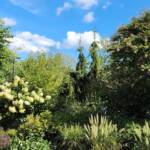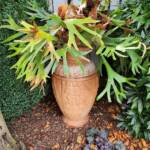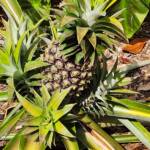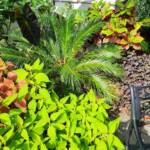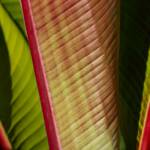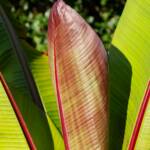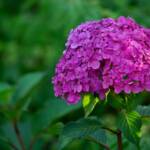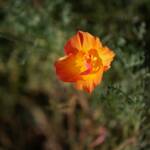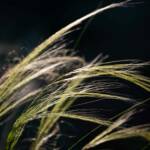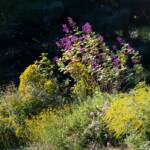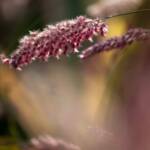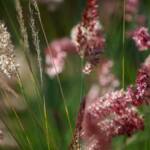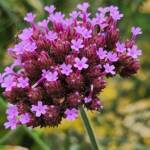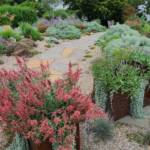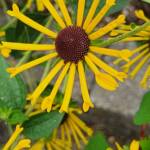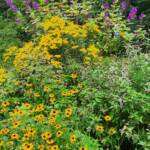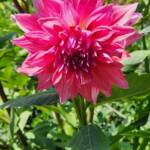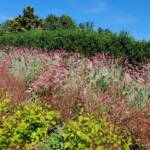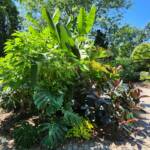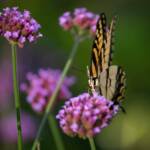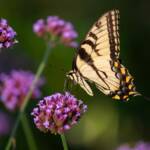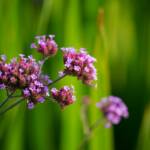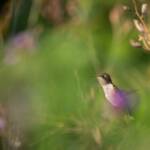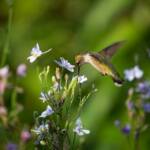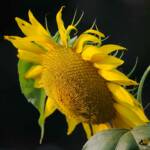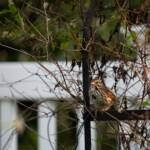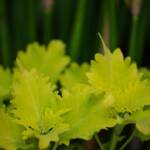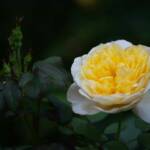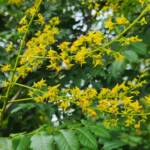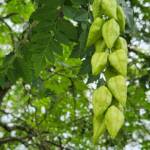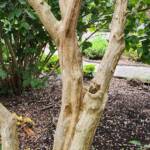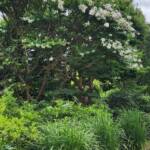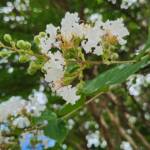This is the Friends of The Frelinghuysen Arboretum’s Photo Gallery. Click on the title of one of the albums below to open it where you may then browse the pictures. To receive photos regularly, sign up for our weekly email blast by clicking here.
We welcome pictures from all our friends and visitors — send any you would like to see here to webmaster@arboretumfriends.org.
At the Arboretum – 10/17/23
As many of you may know, The Frelinghuysen Arboretum has been designated as a Reference Garden by the American Conifer Society (ACS), the first and only garden in New Jersey to receive the honor. This Saturday, the Friends and the Northeast Region of the ACS are getting together to co-sponsor the 2023 Tree Symposium at The Frelinghuysen Arboretum with a series of lectures, buffet lunch, dedication of the Goodhart Dwarf Conifer Collection, tours of the Frelinghuysen Pinetum and a tour of the Hammer Garden in Morristown. Here’s a sampling of the over 436 conifers in the Arboretum’s collection.
A majestic Blue Atlas Cedar (Cedrus atlantica cv. Glauca) in front of the Mansion. A lovely Giant Arborvitae (Thuja plicata ‘Atrovirens’) next to the parking lot. One of two beautiful Green Giant Arborvitaes (Thuja plicata x standishii cv. Green Giant) in the Fountain Rose Garden next to the Mansion. And last, but not least, a very symmetrical White Fir (Abies concolor) in the Meadow behind the Mansion.
Picture Credits: Margery Ennist.
Arboretum Blooms by Katharine Boyle 10/15/23
Katharine Boyle shared these beautiful photos with us, saying “[a]nd as much as it’s looking like autumn, there is so much beauty still blooming!”
Thanks, Katharine, for the lovely pictures.
At the Arboretum 10-11-23
Another gorgeous early fall day at the Arboretum. The Sugar Maple (Acer saccharum ‘Bonfire’) in front of the Mansion is in full autumn regalia showing off its apricot colored leaves. The Seven Sons Tree (Heptacodium miconioides) has dropped its white corollas and developed deep red fruiting calyces covering the tree, which is visible to the left as you drive past the Haggerty Education Center. Bees were all over the Mexican Bush Sage (Salvia leucantha) in the bed above the stone wall on the way into the Haggerty.
Rain is in the forecast, so take advantage of the next couple of sunny days and schedule a visit to the Arboretum!
Picture credits: Margery Ennist.
At the Arboretum – 10-3-23
Gorgeous weather, clear blue skies, sunny, a light breeze, temperatures in the low 80s – there’s nothing quite like a beautiful Indian Summer day! The pollinators at the Arboretum were taking advantage of the weather as well and were all over the gardens doing their dance. A male Monarch Butterfly was flying from flower to flower on the Verbena bonariensis plants; the males can be identified by the dark scent patch along the fifth vein of the hindwing. An unidentified butterfly (perhaps a Painted Lady?) was also visiting the Verbena flower clusters and bees were all over the Caryopteris shrubs. A Nasturtium continues to bloom in the gardens next to Matilda’s cottage, a bright sunny yellow with red veins.
Picture credits: Margery Ennist.
Sunday Saunter – 10-1-23
Fall’s muted colors are featured in the images from Steve Kanan’s visit to the Arboretum yesterday. Thanks, Steve, for these and we look forward to more beautiful pictures as Fall progresses.
At the Arboretum 9/26/23
Fall has officially arrived, but there is still much color to be found in the autumn gardens at the Arboretum. A Cornus kousa (Kousa Dogwood) is covered with a multitude of ornamental (and edible) globose, reddish, compound berries about the size of a cherry. Numerous patches of lavender Colchicum autumnale (Autumn Crocus) are blooming all over the grounds; in spite of its name, this plant is not in the crocus family, it is deadly poisonous, however. Almost hidden in the beds as you come up the driveway from Hanover Avenue is the fascinating Tricyrtis hirta (Toad Lily), its jewel-like flowers blooming on arching, unbranched stems. Fall is fleeting, so make plans to visit soon!
Picture credits: Margery Ennist.
At the Arboretum 9/19/23
Fall is just a few days away, and there is a decidedly autumnal feel to the air. I discovered a couple of late bloomers at the Arboretum today: The small white flowers of Clerodendrum trichotomum (Harlequin Glorybower) are lovely against the large shrub’s bright green leaves. In the same area, under a large Quercus rubra (Red Oak), a large stand of Cimicifuga ramosa cv. Atropurpurea (Bugbane or Black Cohosh) is in full bloom, its white spikes of tiny fragrant flowers attracting bees and even a hummingbird, which I was not quick enough to photograph! Last, but not least, the immature cones on the huge Cedrus atlantica cv. Glabra (Blue Atlas Cedar) growing next to the Mansion are just beginning to take shape; when mature they will be barrel shaped and sit upright on the branches.
Picture credits: Margery Ennist.
At the Arboretum 9/12/23
Mid-September flowers, a pretty pink Hydrangea and a peach-colored tropical Angel’s Trumpet (Brugmansia). A wide angle shot of the large bed that borders the driveway as you come up from Hanover Avenue features a large white Hydrangea, some ornamental grasses, the Seven Sons Tree (Heptacodium miconioides) on the right and other plants as well.
Picture credits: Margery Ennist
At the Arboretum 9/5/23
The tropical plants are really enjoying the hot, humid weather we’ve been experiencing.
A Pineapple plant (Ananas comosus, in the Bromeliad family) is growing in a bed next to the Mansion by the Rose Garden and it has produced a fruit! The bed of tropical plants next to the Carriage House on the way into the Haggerty Education Center is a vibrant, colorful collection of Coleus, Croton, Banana and Colocasia surrounding a Sago Palm (Cycas revoluta) with its very symmetrical crown of dark green, glossy leaves.
A tall, slender terracotta vessel is home to a spectacular Staghorn Fern (Platycerium). You can find it nestled in a shady corner next to the front steps to the Haggerty Education Center.
Summer will soon be officially over, so make sure to visit the Arboretum soon!
Picture credits: Margery Ennist.
Saunday Saunter – 9/4/23
Steve Kanan recorded these late summer images of the Frelinghuysen Arboretum. Autumn will soon take hold, as illustrated by these beautiful pictures.
At the Arboretum – August 29, 2023
Texture, height, form and color all contribute to the creation of a lovely garden “snapshot” such as that presented by the tall, purple Tibouchina, daisy-like yellow flowers in the middle and the lower Black-eyed Susan’s at the front of the bed in the photo below. Purple and yellow are opposites on the color wheel and thus make for a strong complementary color combination.
The recently opened path that links the waterwise deck area to the lower area in front of Matilda’s cottage is another example of combining color, form, shape and height to create a pleasant to the eye vignette; there is a variety of low succulents, large mounds of silvery Artemisia. coral colored flowers in pots and more; there’s a bench nearby that allows a visitor to sit and enjoy the scenery.
Verbena bonariensis punctuates the gardens next to Matilda’s Cottage with its airy purple flowers held aloft on delicate stems; the pretty Rudbeckia ‘Henry Eilers’ with its spoon-like yellow flower petals is happily blooming in front of the Branching Out fence.
At the Arboretum – 8/23/23
It’s late August but the grounds at the Arboretum are still putting on quite a show. There’s a large pink Dahlia ‘Belle of Barmera’ blooming in the Cottage garden. The circular Tropical Garden in front of the deck by the Marsh Meadow is a wonderful assembly of Monstera, dark leaved/red flowering Cannas, tall Banana plants, Brugmansia, Elephant Ears, Rubber plants, etc. And the beds at the entrance to the Haggerty Education Center have filled out in an exuberance of muted pinks, from the flower heads of Savannah Ruby Grass (Melinis nerviglumis ‘Savannah’) to the tiny round pink flowers of Talinum ‘Jewels of Opar’ to the larger flowers of Digiplexis ‘Illumination Flame’. Be sure to schedule a visit soon.
Picture credits: Margery Ennist.
Sunday Saunter – 8/20/23
Steve Kanan sent us a new batch of photos from a walk at the Frelinghuysen Arboretum. Nice hummingbirds, Steve. Thanks for the lovely pictures.
At the Frelinghuysen – August 16, 2023
Several weeks ago, we featured the lovely Koelreuteria paniculata ‘Rose Lantern’ tree. The delicate yellow flowers have transformed into green “lanterns”; eventually these will dry and hold the next generation’s seeds. Isn’t nature amazing?
Picture credits Margery Ennist.
At the Arboretum 8/8/23
A pretty Crapemyrtle (Lagerstroemia cv. ‘Acoma’) is blooming along the driveway as you come up from Hanover Avenue, its delicate, crinkly, white flowers floating above the foliage like soft little clouds. The attractive, exfoliating bark offers winter interest once the foliage and flowers have fallen.
Picture credits Margery Ennist.
